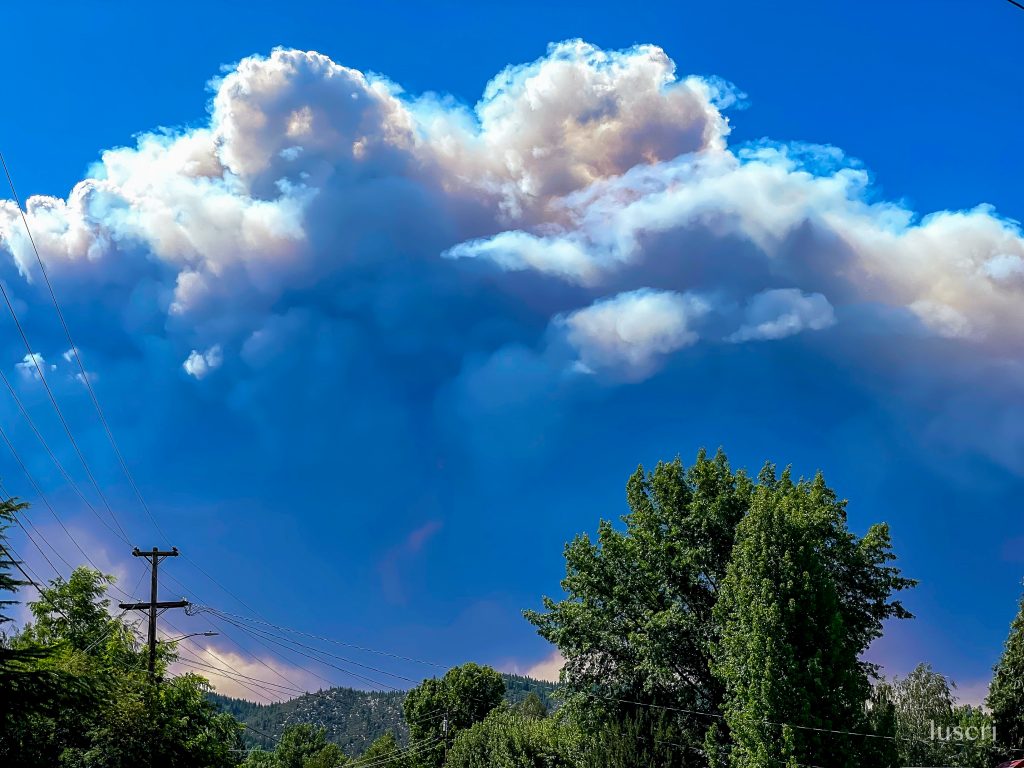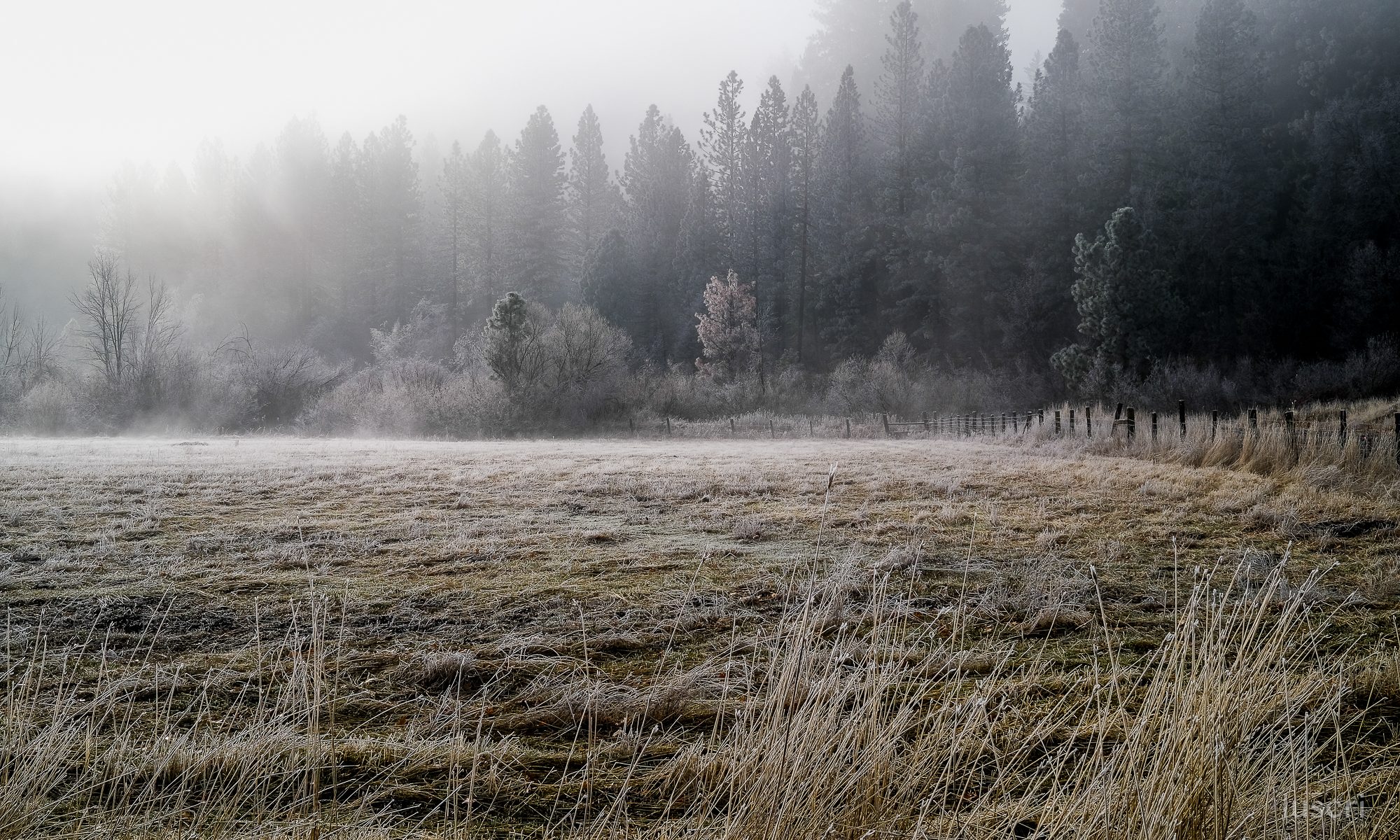
Like the 2018 Camp Fire, California’s Dixie Fire is truly epic. It has burned more than 220,000 acres and at least 40 structures. It’s the largest conflagration since the Camp Fire that destroyed Paradise. Sadly, California wildfires are becoming as common as Florida hurricanes. Why is this happening and who’s to blame? In a word, California.
By mismanaging its forests and water sources and enabling a power provider to place profits over people, the Golden State has sown the wind and is reaping the whirlwind.
Why is every California fire season scarier and more destructive than the last? The reasons can be boiled down to these:
-
- Decades of forest mismanagement caused by environmentalists shaping policy
- Co-opted Northern California watersheds and water supply diversion
- Hotter temperatures and historic drought conditions caused by climate change
- Failing PG&E infrastructure
Forest mismanagement
We live five miles from the southeastern edge of the Dixie Fire. Our little mountain town of Quincy is under an evacuation warning. Many of our fellow residents live in areas of mandatory evacuation and some have lost their homes. Local firefighters and forest experts have known for years this was inevitable.
It’s common sense, really. When forest undergrowth and dead limbs and logs are allowed to pile up between trees, you may as well stack logs at their bases and wait for a lightning strike or stray spark from a train or campfire. To counter all these possibilities, wise forest managers remove forest floor fuels and keep forests from growing dangerously dense.
Foolish forest managers allow undergrowth to flourish in order to “protect” ecological environments of certain species at the expense of overall forest ecology. This hands-off approach is pushed in Sacramento by those who think we’re only one species sharing our environment rather than caretakers of our environment.
Wise gardeners prevent weeds from diverting moisture from produce plants by removing them. This ensures a healthy garden. Why wouldn’t smart forest management include removal of undergrowth and dead or dying trees?
Water diversion
A few years ago, state biologists “gill-netted” vast quantities of fish in our local Silver Lake in order to prevent them from feeding on a certain frog. This decimated the fish population in favor of the frog population. How is this an ecological balance?
Similarly, allowing natural water sources to feed rivers and streams provides better hydration for trees—and raises critical moisture levels for forests. Diverting water from Northern California sources when levels are low exacerbates the deadly dryness of moisture-starved Sierra forests. Shouldn’t there be a balance based on water levels?
As climate change continues to affect moisture and heat, smart and balanced water management becomes more critical. Yet California continues to base policy decisions reactively rather than proactively. If Northern California watershed areas burn for lack of moisture, poor water management will be partially to blame.
So will California’s reliance on hydroelectric power over traditional (and more effective) fossil-fuel plants. The state gets nearly 2/3 of its power from non-fossil fuel production, which is why it has to buy electricity from states like Oregon, Arizona and others.
Failing PG&E
Failed PG&E power lines are responsible for devastating California wildfires for the last five fire seasons. According to PG&E’s initial report the day the Dixie Fire started, an employee responding to an outage noticed a blown fuse at Cresta Dam in a heavily forested area of Butte County around the Feather River Canyon. He found two blown fuses and a tree leaning on a power conductor. He also found a fire on the ground near the base of the tree.
When the 2018 Camp Fire erupted, a PG&E employee noticed flames caused by a faulty transmission line in Feather River Canyon. Many of these lines are supported by electrical towers from the early 1900s. PG&E customers pay modern rates for modern electricity delivered via century-old towers.
In fairness, PG&E is finally taking steps to modernize its infrastructure with underground line burial and other measures. Sadly, these measures are long overdue and are too little too late for victims of the Camp Fire and now for those dealing with the Dixie Fire. Worse, PG&E seems to be continuing their foot-dragging regarding reporting system failures when they point to a wildfire start.
Closed market
According to the California Public Utilities Commission (CPUC), PG&E ignored regulations that require it to report wildfire-related infrastructure failures within two hours of the event. PG&E took five days to report the Dixie Fire-related failure to CPUC. As a state agency, CPUC answers to Governor Gavin Newsom and Sacramento politicians. PG&E is supposed to answer to CPUC, yet is still failing to follow the rules.
Not only is there a lack of meaningful accountability, the relationship between California and PG&E is dysfunctional. The average citizen wonders why Sacramento continues enabling a repeat offender of a power company. Another question is why California refuses to open up its utility market to competitors in order to force PG&E to modernize its infrastructure.
Something has to change or California will continue to burn every fire season. Close to home, people in our community love living in Northern California, but the Golden State will lose even more citizens if residents have to flee the flames every summer.
